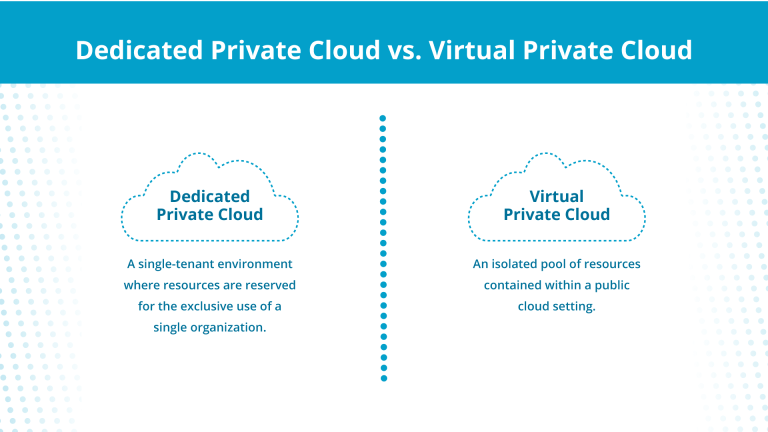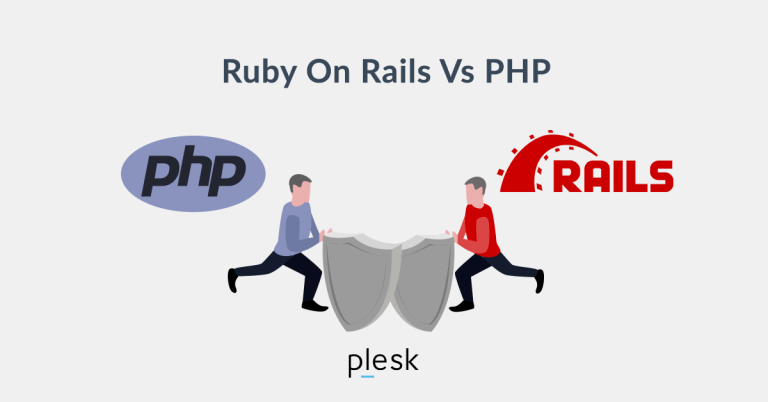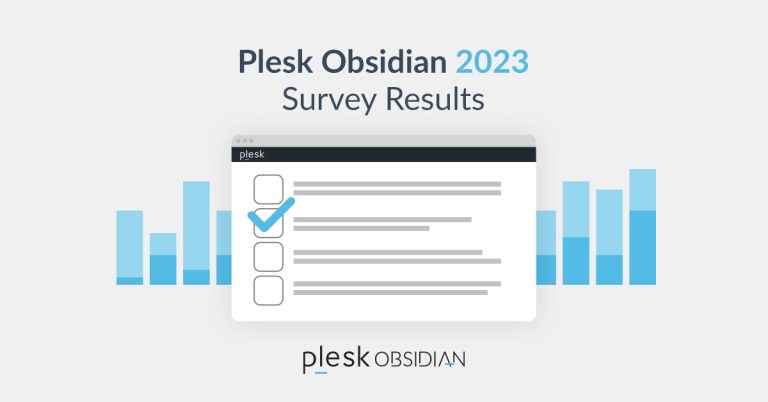The education industry is quickly developing, and numerous organizations are looking for new talent, both experienced professionals and passionate newcomers. The private sector is assisting in transforming education at all levels, from Pre-K to post-secondary. Only a consistent supply of new professionals will keep the pace of innovation up. The education industry includes public and private institutions like schools, colleges, and universities. Students are given the knowledge and skills necessary to adapt to a working environment that’s constantly changing in the education sector. The industry comprises many organizations that aspire to give their clients lifetime learning opportunities.
Technology plays a critical part in the revolution that is currently taking place in education. The education sector will be significantly impacted by ed-tech in the upcoming years. The integration of IT technologies and educational practices is improving the current status of education. Personalized and integrated learning, remote classrooms, and technology-enhanced learning are just some of the significant growing demands in the education industry.
As these demands continue to grow, it becomes essential to explore why businesses need VMware and its significance. Read on to discover how VMware operates, the benefits it brings, and its remarkable features within this transformative educational landscape.
What Is VMware?
VMware is a California-based software company specializing in virtualization and cloud computing. Founded in 1998, VMware is currently a division of Dell Technologies. The company’s virtualization solutions are built around its bare-metal hypervisor ESX/ESXi in x86 architecture. Without a core operating system, bare-metal embedded hypervisors can run directly on server hardware.
VMware offers a variety of solutions, including storage, virtualization, networking, and security management tools. It also provides desktop and server applications. The desktop software runs on Linux, Microsoft Windows, and Mac OS X. Some of the desktop products include VMware Workstation, VMware Fusion, and VMware Player. VMware ESX Server, VMware ESXi Server, and VMware Server are examples of VMware server products.
How Does VMware Work?
VMware technologies are a collection of software and solutions that convert your physical computer, server, or pool of such hardware into several virtual machines (VMs) for various tasks. Even though each virtual machine only uses a piece of the underlying computer hardware, it functions as a standalone computer.
To support the running of numerous virtual machines (VMs) on a single physical server, VMware server virtualization involves installing a hypervisor. A hypervisor is a thin layer of software that manages the resources of a physical computer, also known as the host. It distributes those resources to other operating systems, also known as guests. As each VM can run its operating system, many OSs coexist on a single physical server. All virtual machines on the same physical server share resources like networking and RAM.
VMware Features and Benefits
VMware’s key features are as follows:
- Easy installation.
- Seamless migration to vSphere.
- Hardware support.
- Operating system support.
- Independent virtual machine console.
- Virtual Machine Communication Interface (VMCI).
- Virtual Machine Interface (VMI) support.
- Volume Shadow Copy Service (VSS).
- More scalable virtual machines.
- Independent virtual machine console.
- VMware Infrastructure (VI) Web Access management interface.
- Network and security.
- Storage and availability.
- Better provisioning of applications and resources.
- Provide the cloud infrastructure.
- Simplified data center management.
- Enhanced data center system efficiency and agility.
- Provide disaster recovery management.
- Provides virtual desktop and personal desktop infrastructure.
Why Use VMware in the Education Industry?

Create a Digital Campus
Institutions now face increasing pressure to deploy cutting-edge technology to entice and keep students. For the upcoming generation, online learning is a way of life. Faculty and employees must also be able to work from anywhere in safety and security. And as everyday life becomes more virtual, users have increased expectations about online experiences. Owing to the need to keep up with all the new demands, Campus IT workers can utilize the support of platforms like virtual infrastructure and digital workspaces.
VMware assists educational institutions in accelerating vital service delivery across data centers, cloud, and edge environments. Institutions can use VMware to unify the management of IT assets and user identities while also providing self-service tools to students and staff. With authentication criteria based on their jobs, geographical location, and network connectivity, users can gain on-demand access to critical resources. VMware relieves campus IT workers of the burden of several management tools and time-consuming manual processes. Additionally, IT can examine devices, monitor patch levels, and automatically enforce security policies from a single control point to maintain smooth operations.
Improve Remote Learning and Collaboration Capabilities
The Advanced Learning Environment, based on VMware’s Digital Learning Platform™ (DLP), is being introduced by the Solutions & Innovations team to enhance the delivery of student learning remotely. The Advanced Learning Environment is a turnkey solution to address its customer’s organization’s primary mission and business requirements. It transforms the student experience through digital learning technologies, the delivery and mechanism of the applications and content that drive learning, and end-to-end solutions and services of the environment.
The Advanced Learning Environment is intended as an off-premises solution that best satisfies the higher education sector’s functional, security, and consumption-based needs. It aims to provide students with a platform to consume educational materials and use practical learning simulations with real-world applications. The system embraces components specific to learning settings (collaboration platforms, application catalogs, and hands-on laboratories) while providing flexible application delivery (through the client, web, browser, etc.) inside a traditional desktop experience. As a result, the student’s learning experience is improved and is more productive.
Streamline Virtual Desktop Infrastructure (VDI) Deployment
VMware Virtual Desktop Infrastructure (VDI) provides an integrated hybrid environment in which you can extend the capabilities of your on-premises VMware Software-Defined Data Centre (SDDC), including virtual desktops and applications, to the cloud without investing in additional data center resources. Customers increasingly deploy VMware Horizon desktop and app virtualization to improve security, deliver greater enterprise mobility, and streamline management. They typically deploy the market-leading VDI technology on top of the market-leading SDDC stack VMware vSphere, VMware vSAN, and VMware NSX for compute, storage, and network virtualization.
VMWare provides the whole software stack, from storage to monitoring, with VDI. As a result, VMWare can tightly integrate all components, simplifying management and removing complexity. However, even though VMWare had combined all the features, consumers still had to put all the parts together. SDDC Manager, a component of VMware Cloud Foundation, automates all phases of a system’s lifecycle (from initial setup to configuration and provisioning to updates and patching) and makes day-to-day management and operation of the SDDC stack’s essential components simpler.
Implement Virtual Labs
VMware Lab Platform (VLP) is a software-as-a-service (SaaS) platform that provides cloud-scale virtual IT labs to anyone. You can develop, manage, and deliver IT virtual labs for self-paced, on-demand training, instructor-led training, and live lab events. VMware Lab Platform Implementation does not require any installs or plugins.
VMware Lab Platform’s critical capabilities are giving the students or clients access to the software and reference materials while avoiding costly lab environments and infrastructure administration. It is available everywhere, at any time, on most devices that have a current HTML5 browser. It enables complicated multi-VM configurations, practically all guest operating systems, and a complete VM console for advanced applications.
Enhance the Student Experience
VMware provides seamless access to any app from any device or location. Facilitate excellent teaching and learning experiences with VMware’s digital workspace, contemporary app, and edge solutions.
The VMware SASE Orchestrator provides the IT team with high insight into traffic, allowing them to foresee and respond to the demands of their various sites and quickly fix difficulties.
Giving students alternatives for learning regardless of where they are or what disturbances they may be experiencing, as well as the advances they are making, can assist in improving the resources available to students who are enrolled in classes in person. This is made possible with VMWare’s SD-Wan (Software-defined Wide Area Network). Students can use laptops, tablets, and smartphones to access university services around the clock with the help of VMware Horizon. Students may easily access any application through any device, at any time, by providing virtual desktops and applications through a single virtual platform. This makes a move to full-time remote learning as quick and straightforward as possible by giving students the equivalent desktop experience they would have on campus.
Student and Institution Data Security
Effective cybersecurity is crucial for our interconnected digital world. This is especially true in higher education, where it is necessary to protect the privacy of student and institutional data and where a hack or attack might cause a great deal of harm. Securing our apps, data, and devices is essential as more procedures are digitized and schools expand the accessibility of remote learning and digital campus experiences. Higher education security and IT leaders are more committed to enhancing their security posture than ever. This entails adhering to compliance standards, reducing risks, deploying consistent security controls, enforcing compliance, and implementing techniques like Zero Trust that maximize security.
Intrinsic security is VMware’s strategic approach to protecting your apps and data by utilizing threat intelligence and your infrastructure in novel ways. It connects tools and teams by allowing your security professionals to use data and events from IT and operations to control risks and rules more. This integrated strategy uses the cloud, application, and device infrastructure to offer deeper insights into the applications and infrastructure.
Final Thoughts
The education industry is rapidly evolving, driven by ever-present advancements in technology. To meet the demands for technological integration in the classroom, it is crucial to recognize the significance of VMware. By leveraging the virtualization and cloud computing solutions VMware specializes in, educational institutions can embrace innovation, provide flexible learning environments, and prepare students for a technology-driven future.
Liquid Web is proud to be a VMware Cloud Verified Partner, and our team of experts would be happy to help you take advantage of VMware’s capabilities to create a digital campus, enhance remote learning, streamline infrastructure, and ensure the security of your data. Explore Liquid Web’s VMware hosting and take your educational institution to the next level of technological advancement and innovation.





